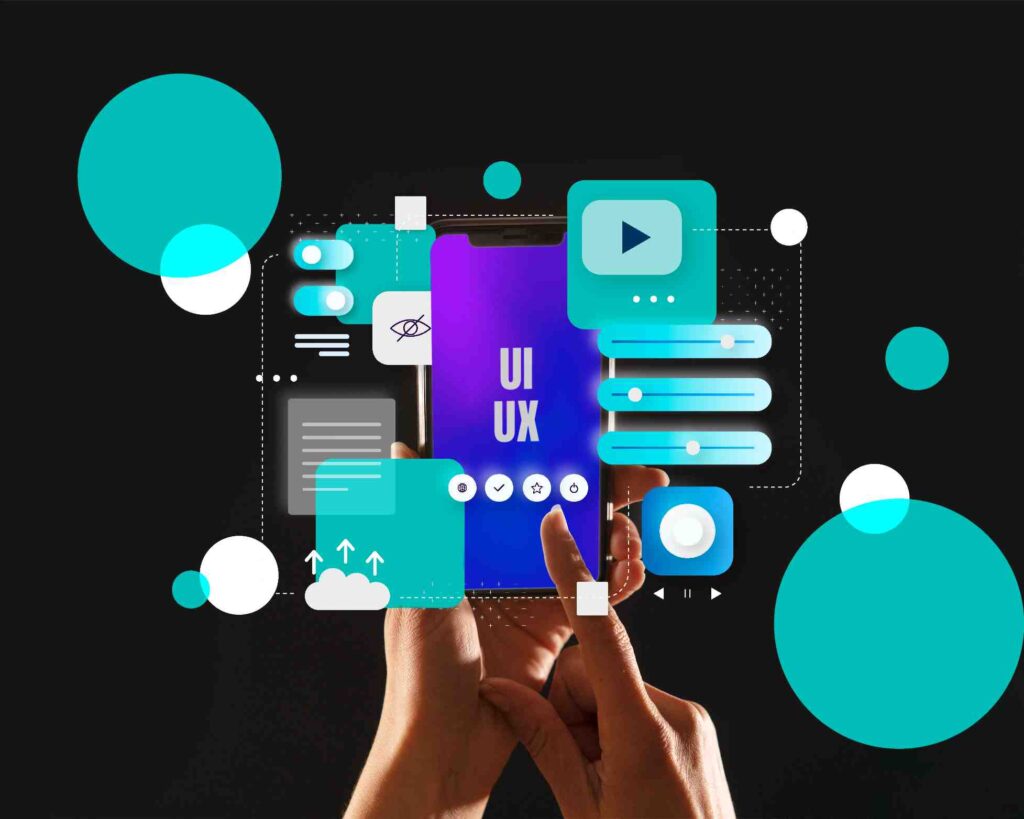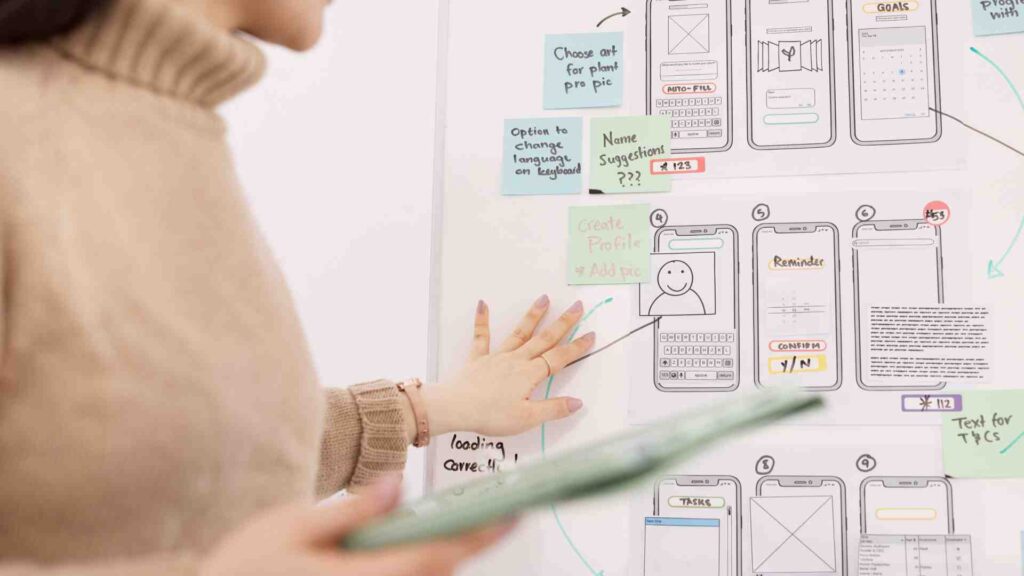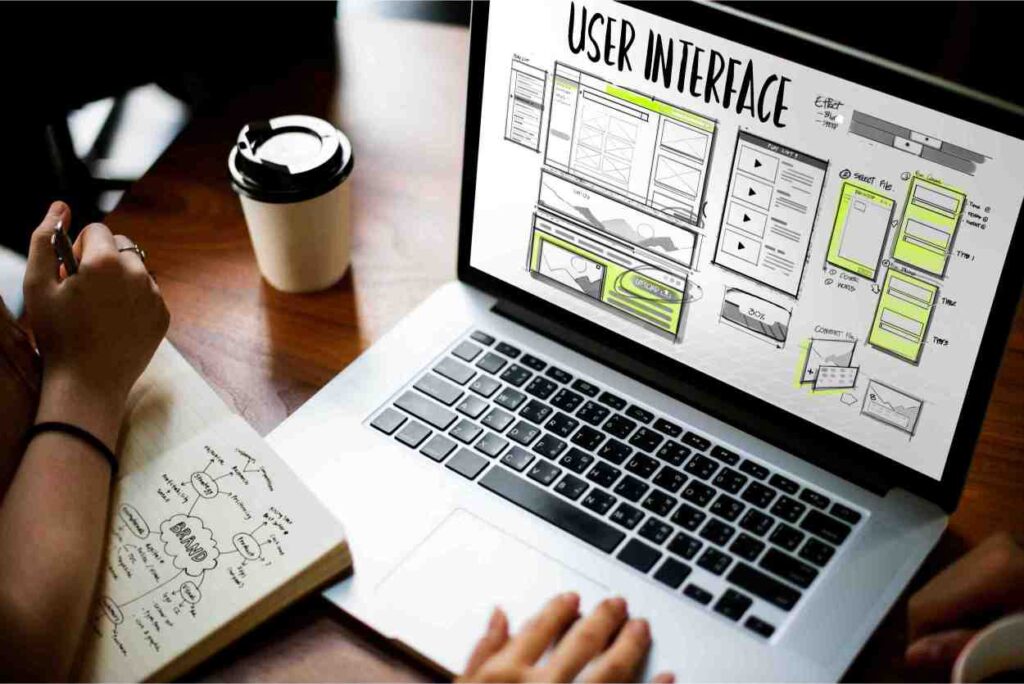Breaking Down the 7 Core UX Design Principles

Ever wondered why certain apps or websites feel intuitive and effortless to use? It’s a result of a good UI UX design that might be invisible but essential. Behind every smooth interaction and visually appealing interface lies a strong foundation of UX Design Principles. These foundational guidelines ensure that products not only look good but also function seamlessly, providing users with meaningful and relevant experiences. Whether you’re a budding designer, a seasoned professional, or simply curious about the mechanics behind user-friendly designs, understanding these principles is crucial.
At Asian Institute of Design, we emphasize the importance of these principles in crafting designs that resonate with users. By integrating these core concepts into our curriculum under the UI UX Design Courses in Bangalore, we prepare our students to create products that are both aesthetically pleasing and functionally effective.
This blog is a guide in which we’ll delve deep into the seven core UX design principles, exploring their significance, real-world applications, and how they contribute to creating outstanding user experiences.

1. User-Centricity: Designing with the User in Mind
At the heart of UX design lies the principle of user-centricity. This approach emphasizes designing products that address the specific needs, preferences, and limitations of the end-users.
Why It Matters:
A design that prioritizes user needs ensures higher satisfaction, increased usability, and fosters brand loyalty. By understanding the user’s journey, pain points, and goals, designers can create solutions that truly resonate.
Real-World Example: Consider the evolution of mobile banking apps. Early versions were often clunky and difficult to navigate. However, by focusing on user feedback and behavior, banks have developed apps that offer streamlined experiences, allowing users to perform transactions effortlessly.
How to Apply:
1. Conduct User Research: Engage with your target audience through surveys, interviews, and usability tests to gather insights.
2. Create User Personas: Develop detailed profiles representing segments of your user base to guide design decisions.
3. Iterative Design: Continuously test and refine your designs based on user feedback to ensure alignment with user needs.

2. Consistency: Building Familiarity and Trust
Consistency in design means maintaining uniformity in elements, behaviors, and aesthetics across a product. This uniformity helps users predict interactions and navigate interfaces with ease.
Why It Matters:
Consistent designs reduce the learning curve, minimize errors, and enhance user confidence. When users encounter familiar patterns, they can interact with new features more comfortably.
Real-World Example: Think about the “Save” icon represented by a floppy disk. Despite being outdated technology, its consistent use across platforms has ingrained its meaning in users’ minds.
How to Apply:
1.Design Systems: Develop a set of standardized design guidelines and components for your product.
2.Maintain Uniform Terminology: Use the same labels and terminology throughout the interface.
3.Consistent Feedback Mechanisms: Ensure that similar actions produce similar responses, reinforcing user expectations.

3. Hierarchy: Guiding Users Through Content
Hierarchy in design refers to the arrangement and presentation of elements to signify importance and guide users through content seamlessly.
Why It Matters:
A clear hierarchy directs attention, facilitates navigation, and improves content comprehension. It ensures that users can quickly find what they’re looking for without feeling overwhelmed.
Real-World Example: News websites often use larger headlines for major stories, with smaller subheadings and body text for less critical information. This visual hierarchy helps readers prioritize content.
How to Apply:
1.Use Size and Color: Larger and bolder elements naturally draw attention.
2.Whitespace: Strategic use of space can group related items and separate unrelated ones.
3.Typography: Different font weights and styles can denote varying levels of importance.

4. Context: Designing for the Environment
Context involves understanding the circumstances in which users interact with a product and tailoring the design to fit those specific situations.
Why It Matters:
A design that considers context ensures relevance and usability, enhancing the overall user experience.
Real-World Example: Navigation apps offer different modes for driving, walking, and cycling, providing route information pertinent to the user’s current activity.
How to Apply:
1.Responsive Design: Ensure your design adapts to various devices and screen sizes.
2.Location-Based Services: Utilize GPS and other technologies to offer location-specific content or functionalities.
3.User Scenarios: Anticipate different situations in which users might use your product and design accordingly.
5. User Control: Empowering Users in Their Journey
User control gives individuals the ability to initiate and manage actions within a system, allowing them to feel in command of their interactions.
Why It Matters:
Empowering users fosters trust, reduces frustration, and enhances satisfaction. It ensures that users can correct mistakes and navigate the product on their terms.
Real-World Example: The “Undo” feature in many applications allows users to revert actions, providing a safety net for mistakes.
How to Apply:
1.Provide Clear Navigation: Offer straightforward paths and options for users to explore.
2.Offer Customization: Allow users to tailor aspects of the interface to their preferences.
3.Implement Undo Options: Enable users to easily backtrack or correct actions without severe penalties.

6. Accessibility: Designing for All
Accessibility ensures that products are usable by individuals with diverse abilities and disabilities, promoting inclusivity in design.
Why It Matters:
An accessible design broadens your user base, complies with legal standards, and demonstrates social responsibility. By considering accessibility, you ensure that everyone, regardless of their physical or cognitive abilities, can interact with your product effectively.
Real-World Example: Many websites now provide text-to-speech options, allowing visually impaired users to listen to content. This feature enhances usability for a broader audience.
How to Apply:
1.Provide Text Alternatives: Offer text descriptions for non-text content like images and videos.
2.Ensure Keyboard Navigability: Design interfaces that can be navigated using a keyboard alone.
3.Use Sufficient Color Contrast: Ensure text stands out against backgrounds to aid users with visual impairments.

7. Usability: Ensuring Effectiveness, Efficiency, and Satisfaction
Usability refers to how effectively, efficiently, and satisfactorily a user can interact with a product to achieve their goals.
Why It Matters:
High usability reduces errors, increases productivity, and enhances user satisfaction. A usable product ensures that users can accomplish tasks with ease and confidence.
Real-World Example: E-commerce websites with streamlined checkout processes reduce cart abandonment rates by making purchasing straightforward and quick.
How to Apply:
1.Simplify Processes: Minimize the steps required to complete tasks.
2.Provide Clear Instructions: Offer guidance and feedback throughout user interactions.
3.Test with Real Users: Conduct usability testing to identify and rectify pain points.
Integrating UX Principles at the Asian Institute of Design
At the Asian Institute of Design, we recognize the transformative power of user-centered design. Our curriculum is meticulously crafted to instill these core UX principles in our students. Through hands-on projects, industry collaborations, and mentorship from seasoned professionals, our UI UX Design Courses in Bangalore ensures that our graduates are adept at creating designs that are not only visually compelling but also functionally robust and inclusive.

Elevate Your Designs with Core UX Principles
Every interaction, layout, and feature you design needs to be measured against these principles. It is important to create a balance between how good your website looks, and how good the functionality is. At the end of the day users are impressed on how smoothly the website works and how efficiently it can meet their needs.
Understanding and implementing these seven core UX design principles—User-Centricity, Consistency, Hierarchy, Context, User Control, Accessibility, and Usability—are pivotal in crafting products that resonate with users and stand the test of time. By embedding these principles into your design process, you ensure that your creations are intuitive, inclusive, and impactful.
Similar Articles
-

Breaking Down the 7 Core UX Design Principles 04-07-2025
Ever wondered why certain apps or websites feel intuitive and effortle
-

Understanding the Different Types of Graphic Design 04-07-2025
Have you ever stopped to think about how much of the world around you
-

Mastering 2D and 3D Animation 03-04-2025
The Ultimate Career Boost in Today’s Creative Industry The demand fo
-

How to Make a Graphic Design Portfolio? 02-27-2025
Imagine walking into a room full of potential clients or employers, bu
